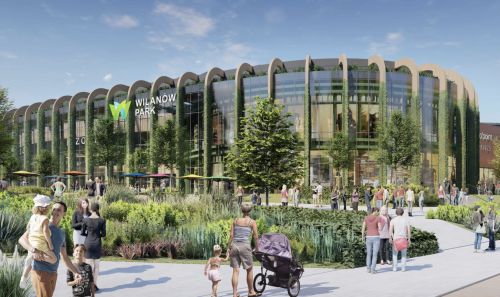They say that the warehousing sector has been the biggest winner from the pandemic. Would you agree?
Bartłomiej Hofman, the managing director of P3 Logistic Parks, Poland: There’s no doubt that the pandemic and its consequences have resulted in growth for our segment, but I wouldn’t even look at this in terms of winners and losers, particularly when you consider the social cost and the human drama that it has resulted in. Growth was evident in our sector even before this crisis. According to the latest research, developers completed 1.1 mln sqm of modern warehousing space in the first half of this year alone, when the total stock on this market rose by 11 pct to reach 21.7 mln sqm. This growth is due to many factors. Companies have learnt their lessons from the pandemic and its lengthening supply chain breaks and are now hoarding greater supplies of goods. Some have decided to move production from Asia to those European countries that can guarantee relatively low labour c































































